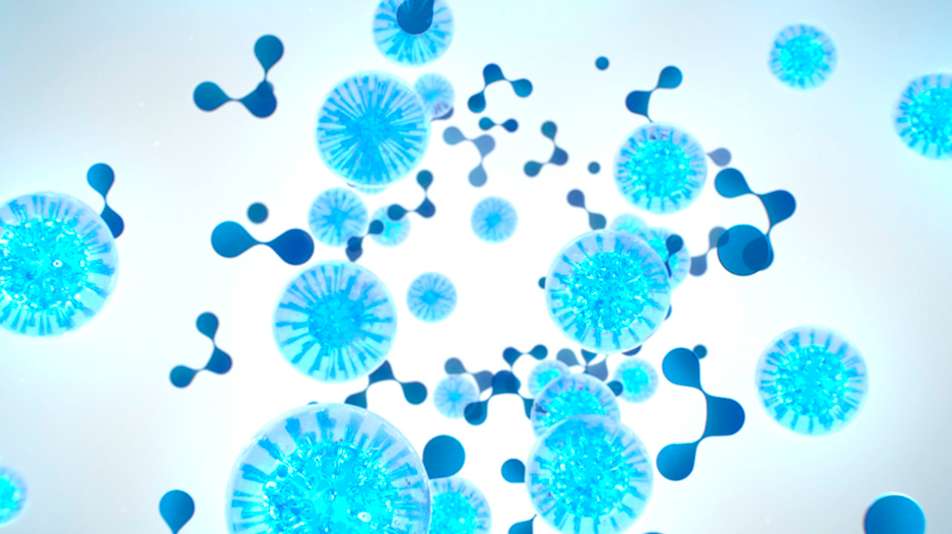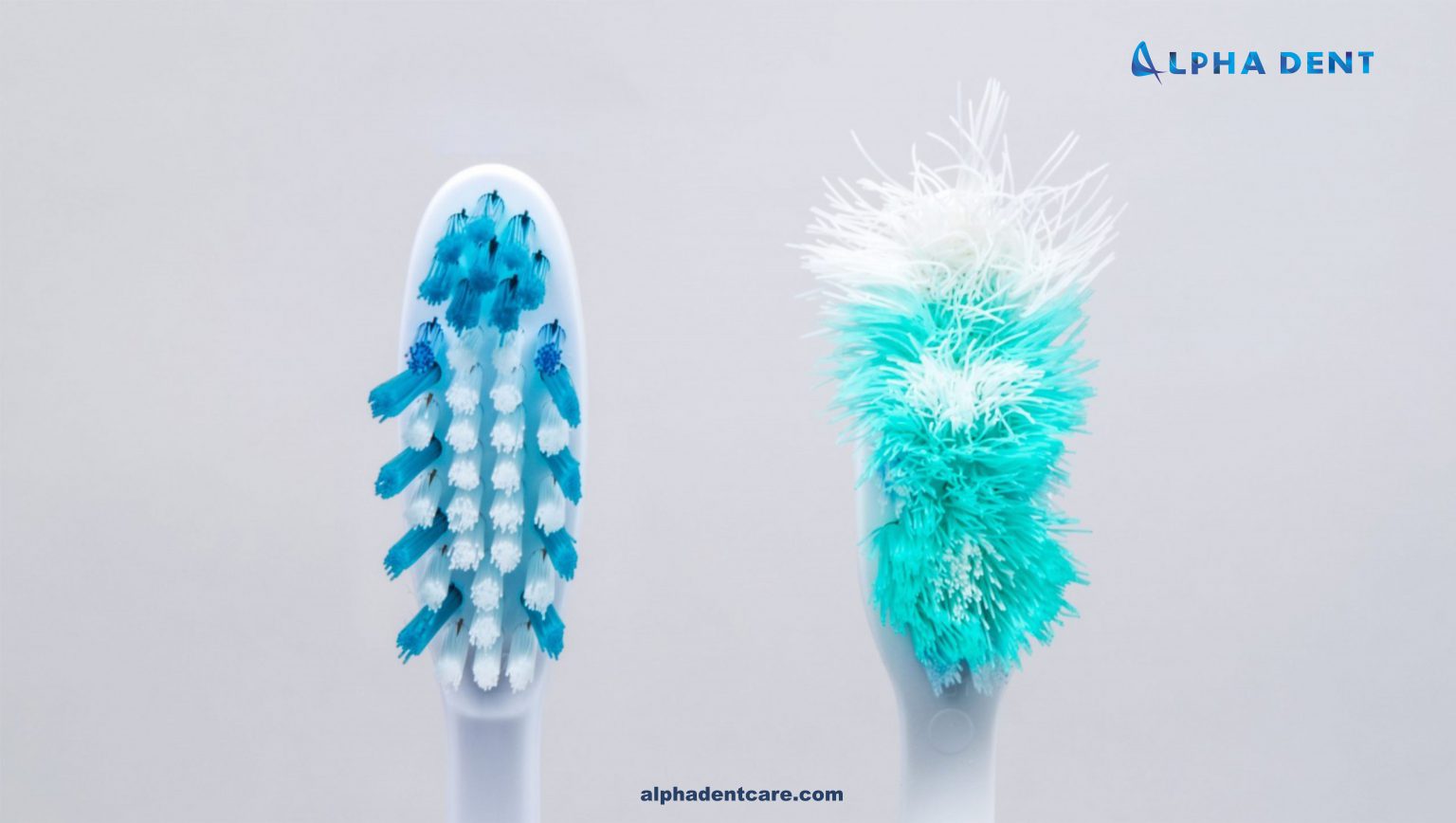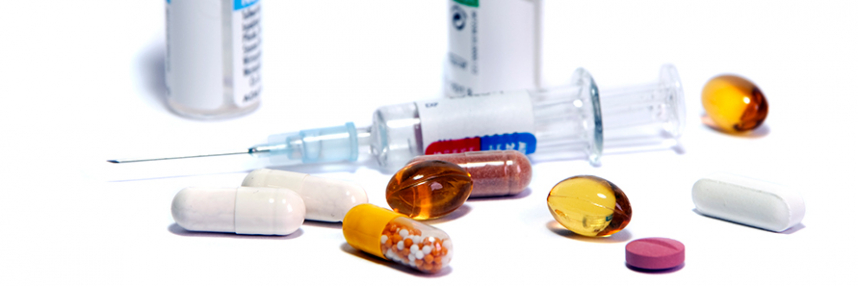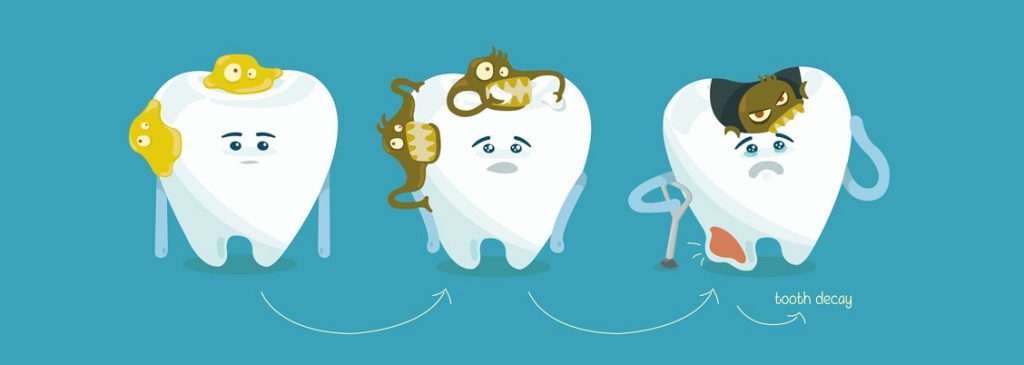The term natural microbial flora refers to a population of microorganisms (tiny organisms seen with light and electron microscopes) that live on the skin and mucous membranes of healthy people. It is estimated that the microorganisms living inside and on the surface of the human body (now known as natural microbiota) are ten times more numerous than all cells in the human body. The entire genetic material of these commensal bacteria is collectively known as the microbiome. Research shows that “natural microbiota” forms the first line of defense against pathogenic microbes, aids digestion, plays a role in the breakdown of toxins, and plays an important role in the development of the immune system.
Changes in this natural microbial population or changes in the frequency of these commensal organisms may play a role in diseases such as inflammation of gum, periodontitis, gingivitis, dental plaque, and even inflammatory bowel disease.
The skin and mucous membranes, such as the surfaces inside the mouth, the gastrointestinal tract, the eyes, etc., always contain many microorganisms; Which can be divided into two groups:
1) Resident flora
2) Transient flora
“Resident flora” includes almost fixed microorganisms that are found at a certain age in a particular area of the body and, if cleared, are immediately replaced.
“Transient flora” includes non-pathogenic or potentially pathogenic microorganisms that are obtained from the environment and do not remain permanently and do not cause disease, as long as the natural resident flora remains intact. Otherwise, these transient microorganisms can multiply and cause a disease.
Not all microorganisms in natural flora can be grown in the laboratory. Therefore, our knowledge of natural flora is constantly changing.
Microorganisms that are permanently located on the surface of the body are called commensal, and their growth and spread at one part of the body depends on physiological factors such as temperature, humidity, and the presence of certain nutrients and inhibitors. It is important to know that the presence of these organisms is not necessary for existence, because animals can easily live in the absence of microbial flora. However, flora located in certain areas play a specific role in maintaining the health and normal functioning of the body. Like the production of vitamin K by the intestinal microbial flora, which also helps digest food. This natural flora can also prevent the growth of pathogenic bacteria through bacterial interference.
On the other hand, members of the natural flora can cause disease under certain conditions; These bacteria can enter artificial or deformed heart valves and cause infectious endocarditis by entering the blood or surrounding tissues by any reason such as: dental manipulation, oral surgery, small impacts such as brushing hard, or dental scaling.
Babies in direct contact with the mother (regardless of the type of delivery) acquire various bacteria existing in different parts of the body; Therefore, at the onset of microbiota development on the baby’s body (less than 5 minutes after birth), the microbiota is spread evenly throughout the body;
Babies born through vaginal delivery will have bacteria similar to the mother’s vaginal bacteria (all over the body); Babies born by cesarean section lack the mother’s vaginal bacteria (such as lactobacilli, prothula, atopium, etc.), and bacteria similar to their mother’s (such as staphylococcus, Corynebacterium , or propionibacterium species) skin can be seen on the surface of all parts of their body. (Adapted from Jawetz’s Medical Microbiology, 26th Edition, Chapter 10, The Natural Flora of the Human Body)
As you know, the human oral cavity contains a number of different habitats, including teeth, gingival sulcus, tongue, cheeks, hard and soft palate, and tonsils, which are surrounded by bacteria. (Adapted from The Human Oral Microbiome article, Journal of Bacteriology, 2010).
Streptococcus viridans is fixed in the natural flora of the oral cavity in 4 to 12 hours after birth. It remains the main organ of the flora until the end of the individual’s life. The source of this bacterium is probably the respiratory tract of the mother and those around the baby.
Early in life, aerobic and anaerobic staphylococci, gram-negative diphtheria diphtheroids, and sometimes lactobacilli are added. When teeth erupt, anaerobic spirochetes and some other species are added. (Adapted from Jawetz’s Medical Microbiology, 26th Edition, Chapter 10, The Natural Flora of the Human Body)
In addition to bacteria, a wide range of microorganisms live in the human oral cavity, including fungi (Candida species in some people), viruses, protista, and protozoans. (Adapted from Human Oral Microbiota and its Modulation for Oral Health article, March 2018, Page 883_893)
Oral microbiota is an important part of human microbiota and includes several hundred different species (so far more than 600 different species have been extracted from the oral cavity). But there is little information about the natural microbiota of different people; However, there is no significant variation in saliva microbiome worldwide.
As you know, dental plaque contains 300 to 400 adult bacterial species, which is simply known as a biofilm attached to the tooth, almost all of which is made up of natural oral flora bacteria. (Adapted from Jawetz’s Medical Microbiology, 26th Edition, Chapter 10, The Natural Flora of the Human Body)
On the other hand, the most common oral diseases such as decay, gingivitis and periodontitis are based on microorganisms and the biofilm consisting of them on the teeth. Therefore, the most common and best strategy and golden standard for the prevention of these oral diseases is the mechanical removal of these biofilms from the tooth, and dental restorations or prostheses with regular brushing. (Adapted from the oral microbiota article, 10 may 2016)
Dr. sara pireh






